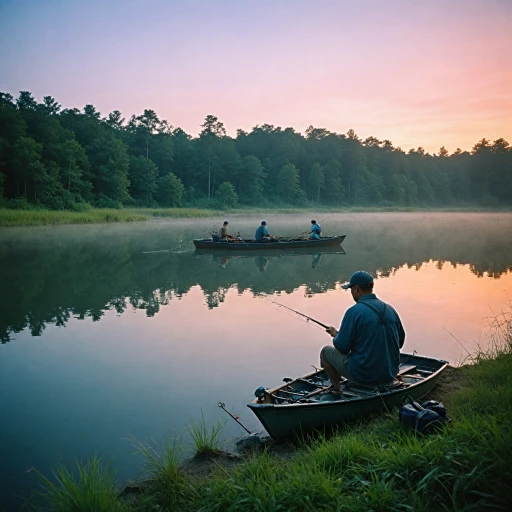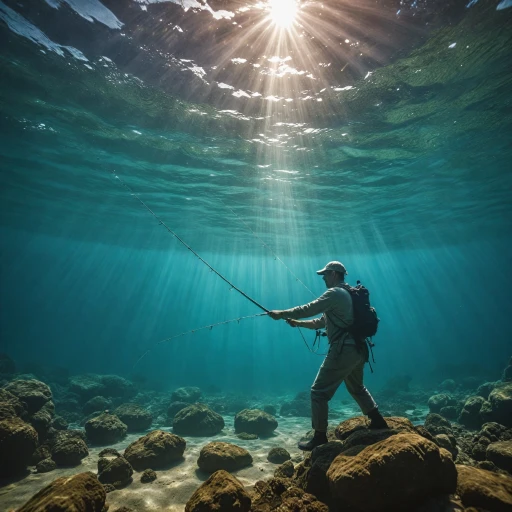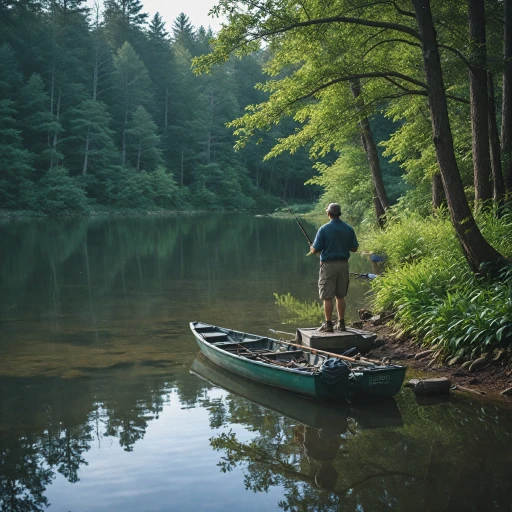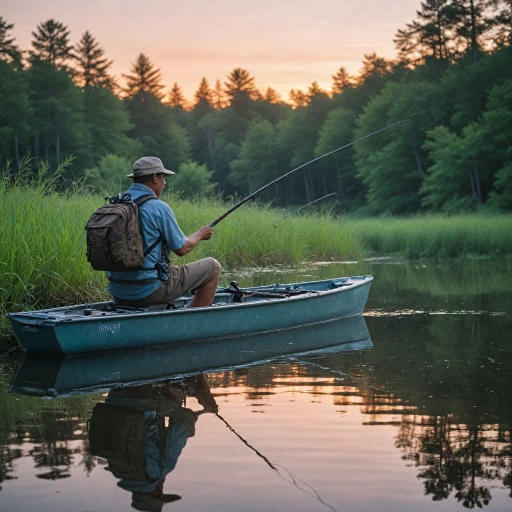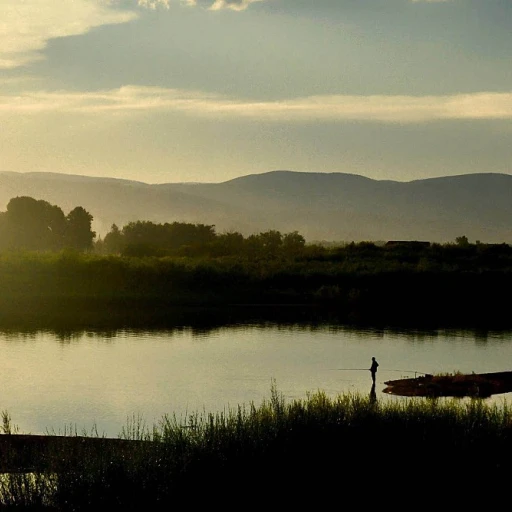
Understanding Jigs: The Basics
Unlocking the Basics of Jig Fishing
If you're a recreational angler looking to up your game, understanding the fundamentals of jigs is a great starting point. Jigs are versatile fishing lures that come with weighted heads—commonly referred to as jig heads—and soft or hard bodies which attract a variety of fish species. Whether you're targeting bass, walleye, or striped bass, the right jig can make all the difference in your fishing success.
Jigs come in many colors and sizes, each designed for specific conditions and fish preferences. The most common options are the olive or chartreuse colored jig, known for their ability to mimic prey like sand eel and smaller fish. These colored jigs are best sellers when it comes to bass fishing. You might also come across glow options, ideal for low-light environments, or pink jigs that add visibility.
Some jigs, such as the bucktail jig and finesse jig, work well in more nuanced fishing situations. They provide subtle presentations that can entice wary fish in clear waters. On the other hand, swim jigs and swimbaits imitate swimming prey, perfect for anglers looking to cover more water.
For those wondering about pricing or sale options, it's important to balance quality with enhancing your catch, ensuring that the jig you invest in offers the best performance for your targeted species and fishing conditions.
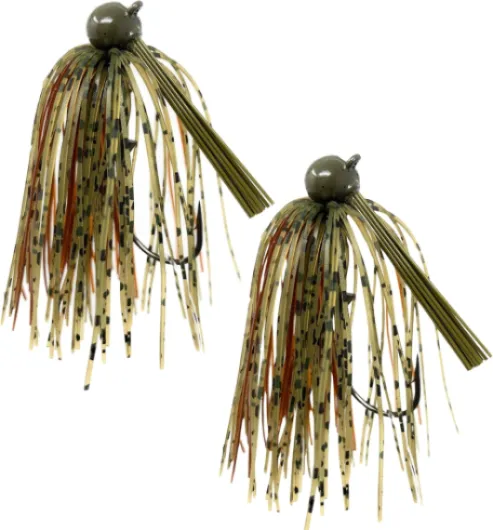
- + 97% Pure Tungsten for enhanced sensitivity
- + Weedless Design to navigate through vegetation
- + Versatile for multiple types of fish (Bass, Pike, Walleye, Muskie)
- + Silicone Skirt for added attraction
- + 2-Pack for value
Choosing the Right Jig for Your Fishing Adventure
Picking the Ideal Jig for Your Fishing Trip
When it comes to recreational fishing, choosing the right jig can make a significant difference in your success. Whether you're targeting bass or walleye, the selection of the appropriate jig should consider several factors such as color, size, and the specific species you're after.- Color Variations: Bright colors like chartreuse, pink, and glow jigs are often effective in attracting fish such as the striped bass. On the other hand, subdued tones such as olive, green, or silver can mimic natural baits like a sand eel. Adjust your choice based on the water clarity and light conditions.
- Weight and Jig Heads: The weight of your jig, often determined by its jig head, is crucial for controlling its depth and action. For example, a bucktail jig can be paired with heavier jig heads for flipping jig techniques or for fishing in deeper waters.
- Design and Action: Each jig design can provide a different action in the water. Swim jigs and slow pitch variations like the pitch jigging can mimic live baits. Consider the speed at which fish are biting and adjust your technique accordingly.
Techniques for Effective Jigging
Mastering Techniques for Effective Jigging
The art of jigging can transform your fishing experience from average to exceptional. Mastering the techniques can help you attract more fish, including elusive species like walleye and bass. Whether you're using a pink jig, chartreuse, or any other color, understanding the right approach is key.- Swim Jigging: This technique is perfect when you want to mimic the natural swimming motion of bait fish. Choosing the right swim jig, like a jig with a silver or green hue, can enhance your chances of luring in your catch. Remember, swim jigs are best for enticing fast-moving fish, such as striped bass.
- Slow Pitch Jigging: Ideal for deep waters, this method involves letting the jig free-fall and then retrieving it with a slow, rhythmic motion. Opt for jigs with glow features for this style, as they can catch the attention of distant fish in murky waters.
- Bucktail Jigging: A classic technique beloved by anglers. The bucktail jig’s hair-like fibers create lifelike movement, making it irresistible to bass and walleye. This option works particularly well in sandy environments where fish might hunt for sand eel or other small creatures.
- Pitch Jigging: For shallow waters, using a pitching technique with a finesse jig or a flipping jig can target fish hiding in coverage areas. It's all about accuracy and silence, so be mindful of the jig heads’ weight and how they enter the water.
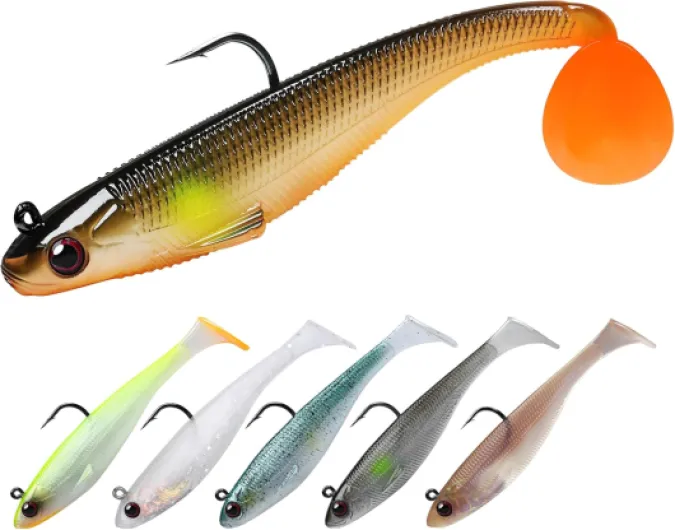
- + Unique Vibrating Swim Action increases catch rate
- + Trembly Sinking Move attracts more fish
- + Perfect for family fishing
- + Effective for various species like Bass, Trout, Crappie, Walleye
- + Lightweight at 0.45oz for easy handling
Adapting Jigs to Different Water Conditions
Adapting Jigs to Various Water Conditions
Mastering jigging in recreational fishing isn't solely about selecting your favorite style or color; it's essential to understand how different water conditions can impact your success. Let's dive into how you can optimize your jigging technique for diverse environments.- Clarity and Color: The clarity of the water dictates the vibrancy of your jigs. In clear waters, subtle hues like olive and silver can be effective. Meanwhile, in murky conditions, opt for brighter colors like chartreuse or pink to ensure visibility. Glow jigs are also popular for low-light environments.
- Depth and Pressure: The depth at which you're fishing can affect how your jigs behave. Consider using heavier jig heads for deeper waters to ensure your lure reaches the desired depth quickly. Slow pitch or flipping jigs are excellent choices for such conditions. In shallow areas, finesse jigs and swim jigs can be more appropriate.
- Current and Flow: Fishing in strong currents requires jigs that can maintain stability. Solid choices include bucktail jigs and swim jigs that can mimic the natural movement of baitfish even in turbulent waters. Conversely, in stagnant waters, a lightweight jig paired with subtle movements may prove more effective.
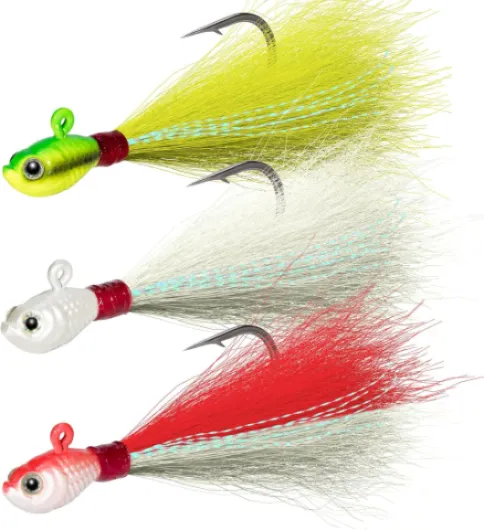
- + Versatile: Suitable for both saltwater and freshwater fishing.
- + Variety: Available in multiple weights (1/2oz to 6oz) and colors (White, Chartreuse, Red & White).
- + Effective: Great for catching a variety of fish species, including bass, flounder, and striper.
Common Mistakes When Using Jigs and How to Avoid Them
Avoiding Common Jigging Pitfalls
When it comes to jigging, even experienced anglers can fall into some common traps that ultimately affect their results. Let's explore some of these mistakes and how you can steer clear of them during your fishing sessions.
Neglecting to Match the Jig Size and Weight
One of the most prevalent mistakes is not matching the jig size and weight with the fishing conditions. For example, using a heavy jig head in shallow waters can cause disturbances that scare off fish like bluegill and striped bass. Conversely, a light jig may not reach the desired depth in deep waters where species such as walleye and sand eel are found. Pay attention to water depth and current to select the appropriate jig.
Choosing the Wrong Color and Lure Type
Color and lure type should not be overlooked. Misjudging the best color for particular water conditions can lead to less successful outings. For instance, olive and chartreuse jigs are often effective in clearer waters, while glow or bright colored jigs stand out in murky waters.
Improper Presentation and Retrieval Speed
Another common error is improper presentation and retrieval speed. Faster retrieval rates may spook fish or cause them to miss the lure, while overly slow techniques can fail to entice any bites. Adjust your retrieval speed according to the behavior and activity level of the fish, using techniques like slow pitch and flipping jig methods for best results.
Ignoring Rising Innovations
Lastly, anglers can sometimes ignore the evolving innovations in jig designs. From chug norris jigs to the versatile dtx minnow, staying informed of the latest fishing tackle and swim jigs on sale can give you a significant advantage out on the water. Check out the latest best sellers for an optimal experience.
Innovations in Jig Design and Technology
Innovative Jig Designs & Cutting-Edge Technology
Venturing into the world of jigs unveils an exciting array of designs and technological advancements crafted to enhance your fishing experience. Let's delve into some intriguing innovations that have rejuvenated this classic fishing tool.- Glow and Color Variations: The use of glow-in-the-dark technology has revolutionized jig fishing, especially in low-light conditions or murky waters. Utilizing color variations like chartreuse, olive, pink, and silver not only makes your jig more visible but also irresistible to species like bass and walleye. These vibrant jigs often become best sellers for their effectiveness.
- Dynamic Jig Heads: The design of jig heads has seen significant improvements. Weighted options like slow pitch and flipping jigs are crafted to match the conditions you're facing, whether it's long-range casting or precision pitch jigging. Bucktail jigs and finesse jig designs are also popular ticklers for an unprovoked striped bass.
- Material Enhancements: Advances in materials mean manufacturers can offer lighter, yet more durable jigs, improving both the practicality and finesse of your hook-ups. For instance, sand eel replicas in green and swimbait forms present enticing allure to a wide variety of fish.
- Fishing Tackle Integration: Jig designs now often incorporate varied fishing tackle components such as swim jigs and casting jigging mechanics, offering seamless integration with other lure types, including the renowned chug norris and dtx minnow options.
- Affordability Meets Innovation: Despite these advancements, many innovative jigs remain accessible, with competitive price points often reduced during seasonal sales, ensuring you won't have to compromise on cutting-edge technology when you're shopping for your next fishing adventure.

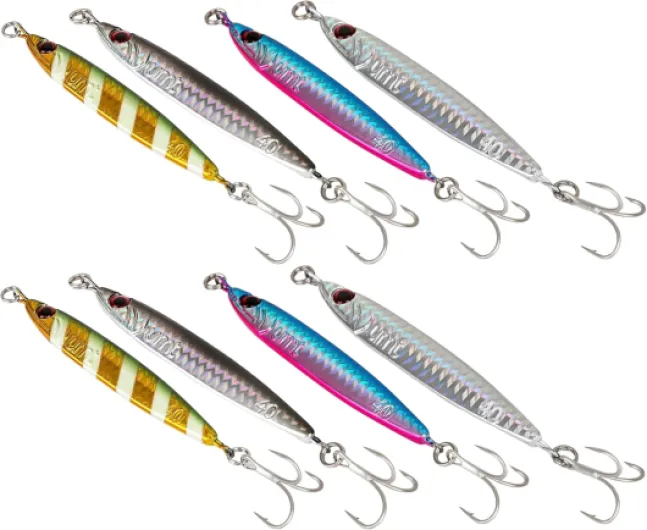
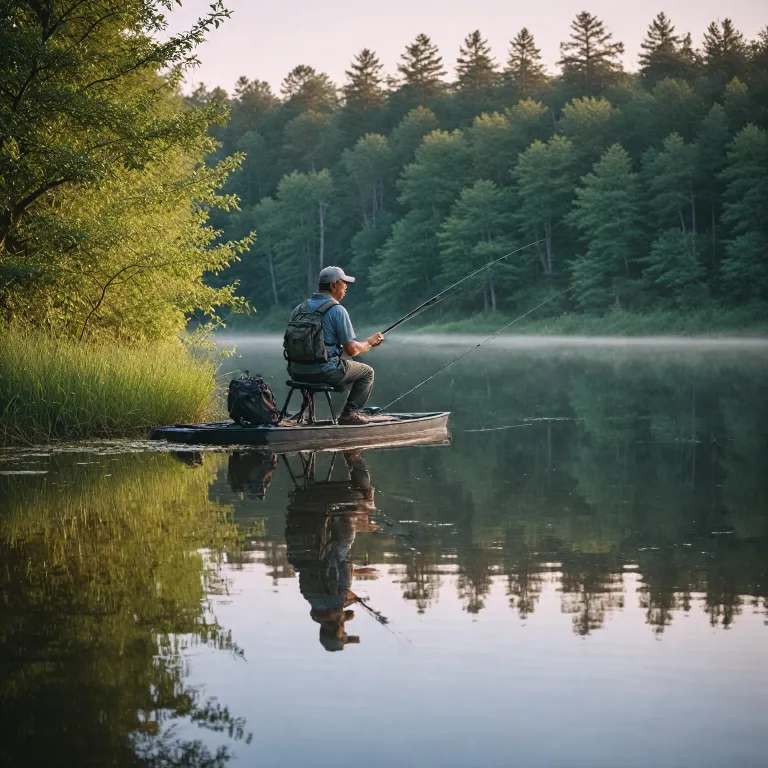
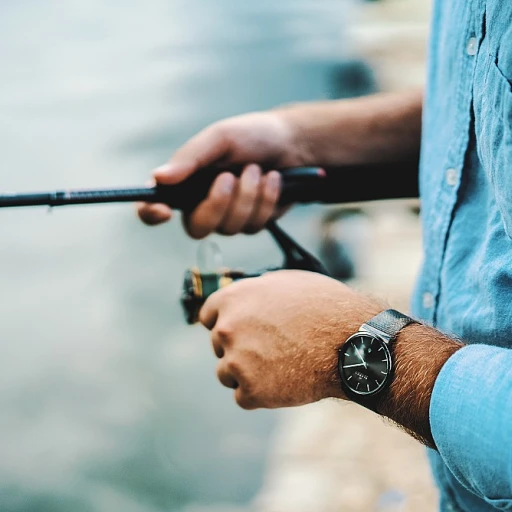
-large-teaser.webp)

